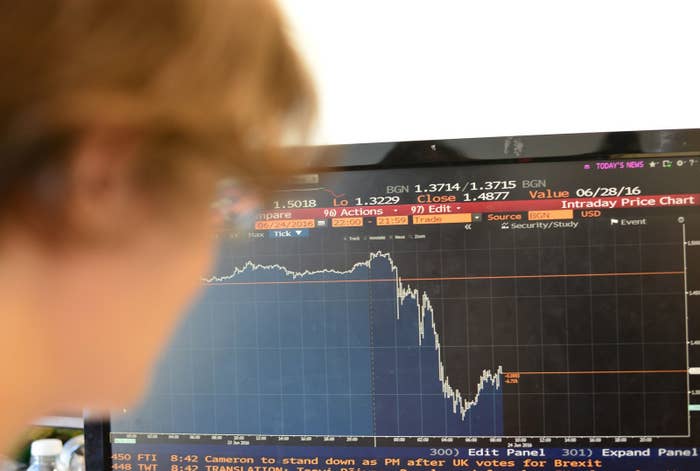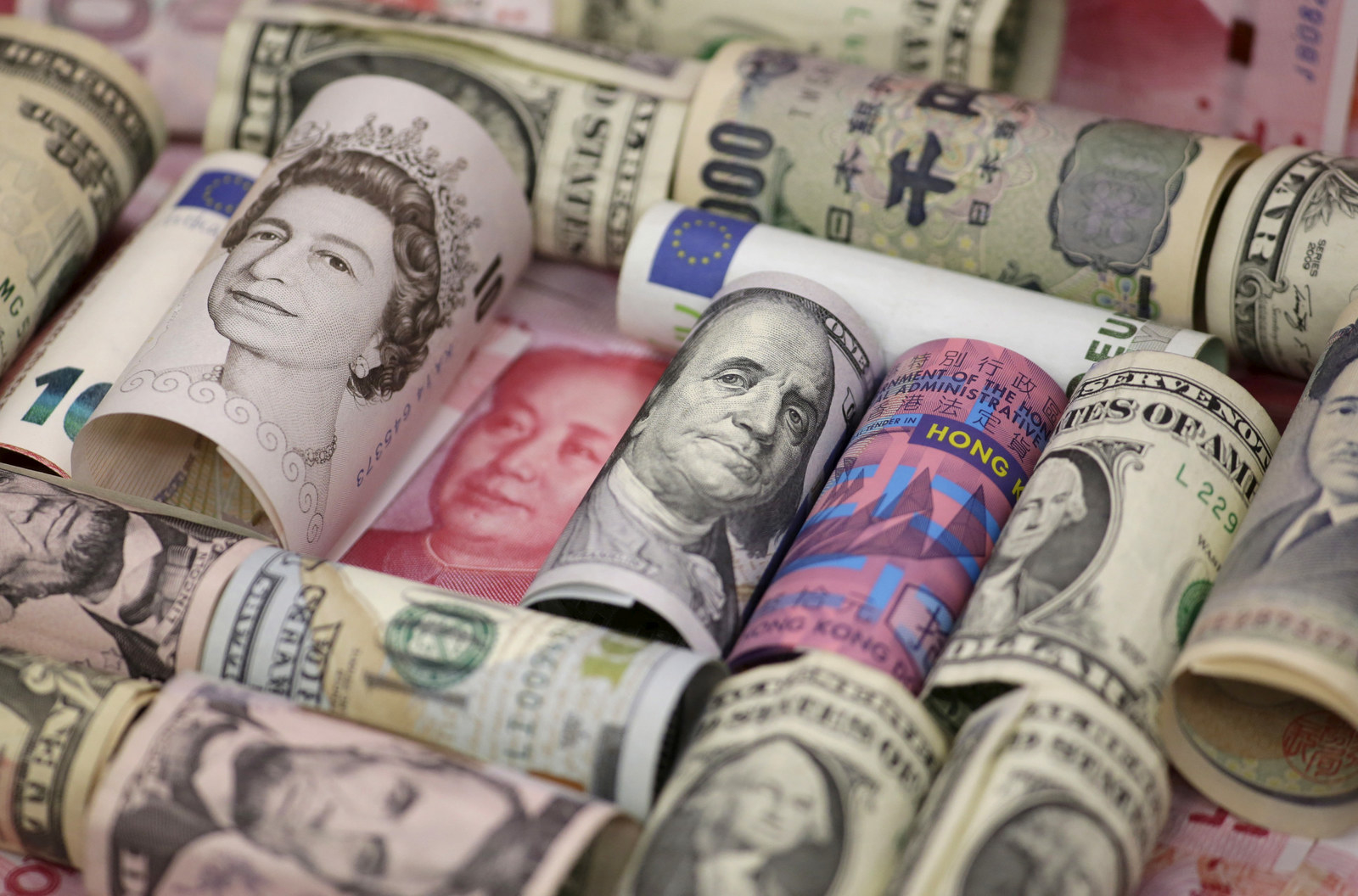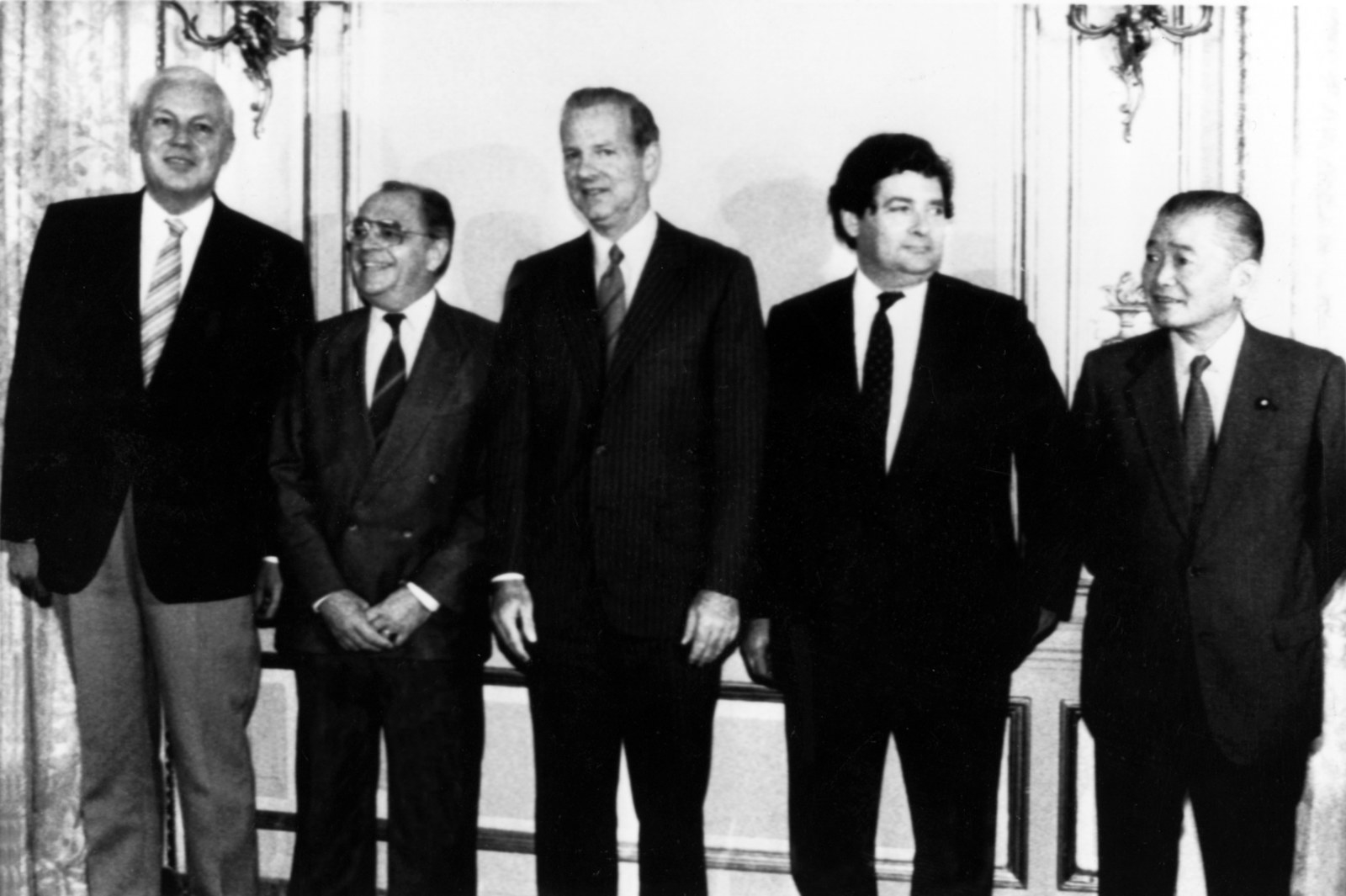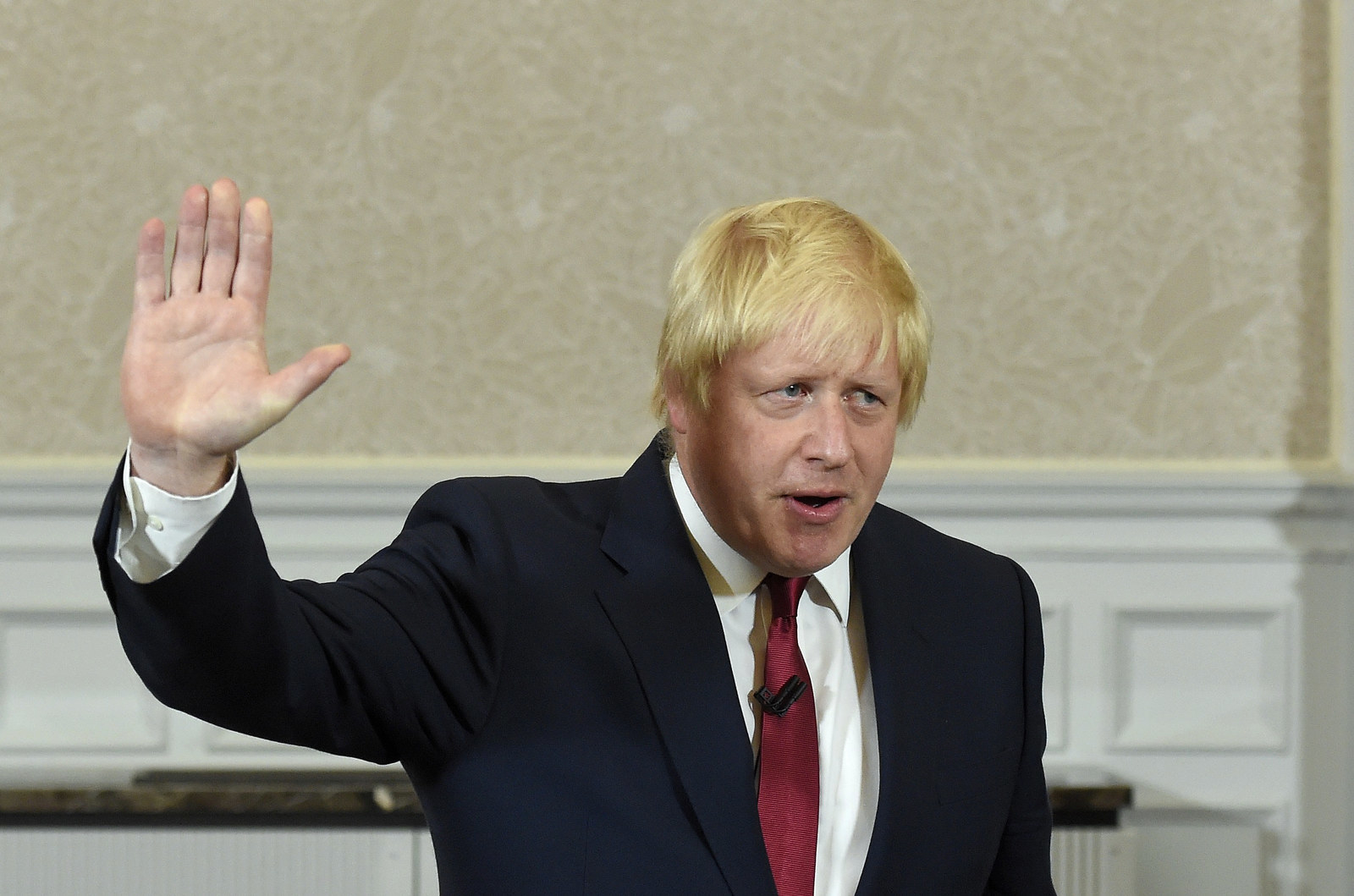The pound is at a 31-year low against the US dollar since the UK voted to leave the EU two weeks ago.

A single pound coin will get you just $1.29, down from $1.50 on the day of the referendum, before the result was known.

But what happened 31 years ago that caused the pound to be so low against the US dollar? And is it a fair comparison to make?
The answer is: Probably not. Things are a lot worse today.
So the pound is now the world's worst-performing major currency https://t.co/Ia6e90cMWp
In fact, the reason the pound was so low against the US dollar back then (£1 was $1.09) was not that the pound was weak, but that the dollar was too strong and the US government had to devalue its own currency.

The dollar's strength was making life for US exporters extremely difficult – no one from overseas wanted to spend the money shipping in American products.
The UK economy was growing reasonably strongly at the time, with Margaret Thatcher at the height of her powers as prime minister. Economic growth was 2.3% in 1984 and 4.2% in 1985.
By comparison, the UK’s growth was 2.9% in 2014 and 2.2% last year. Moody’s predicts the UK economy will grow just 1.5% and 1.2% over the next two years respectively.

Meanwhile, over in the US, president Ronald Reagan had spent his first years in office from 1981 introducing massive tax cuts and public spending rises in an attempt to boost the economy.
It proved so successful that the Federal Reserve raised interest rates, as directed by its chairman, Paul Volcker (who recently had new banking term – the Volcker rule – named after him; it bans US banks from investing in the sort of risky products that led to the 2008 financial crash).
High interest rates in turn led to swaths of foreign investors putting their money into the US to take advantage, sending the value of the US dollar soaring as demand for the currency rose.

This crippled the export industry, at a time when the US still had a pedigree for manufacturing and exporting – the rise and rise of Chinese factories and cheap Far East labour was still in its infancy.
With Reagan's tax cuts also came massive debts for the US government, which spiralled to $150 billion – the biggest in its history at the time.
Manufacturers were pleading with the US government to do something about the exchange rate and this led to an unprecedented meeting of the finance ministers of the biggest economies in the world – the US, the UK, Japan, West Germany, and France – in the New York Plaza Hotel.

Protectionism was also becoming a big issue as other countries sought to add tariffs to their own goods to take advantage of the favourable US dollar.
After the 1985 meeting, British chancellor Nigel Lawson told The Times: “There was deep concern expressed about the overriding threat to world prosperity from the growth of protectionism, which we are absolutely determined to resist.”

It was agreed – in what was known as the Plaza Accord – that the US dollar must be devalued and that the value of other currencies needed to rise.
This, in turn, led to central bankers selling more US dollars in exchange for other currencies, bringing the value of the dollar down.
In just two years, the dollar fell 40%, much to the relief of everyone, and the pound never again got near such low levels...until now.
